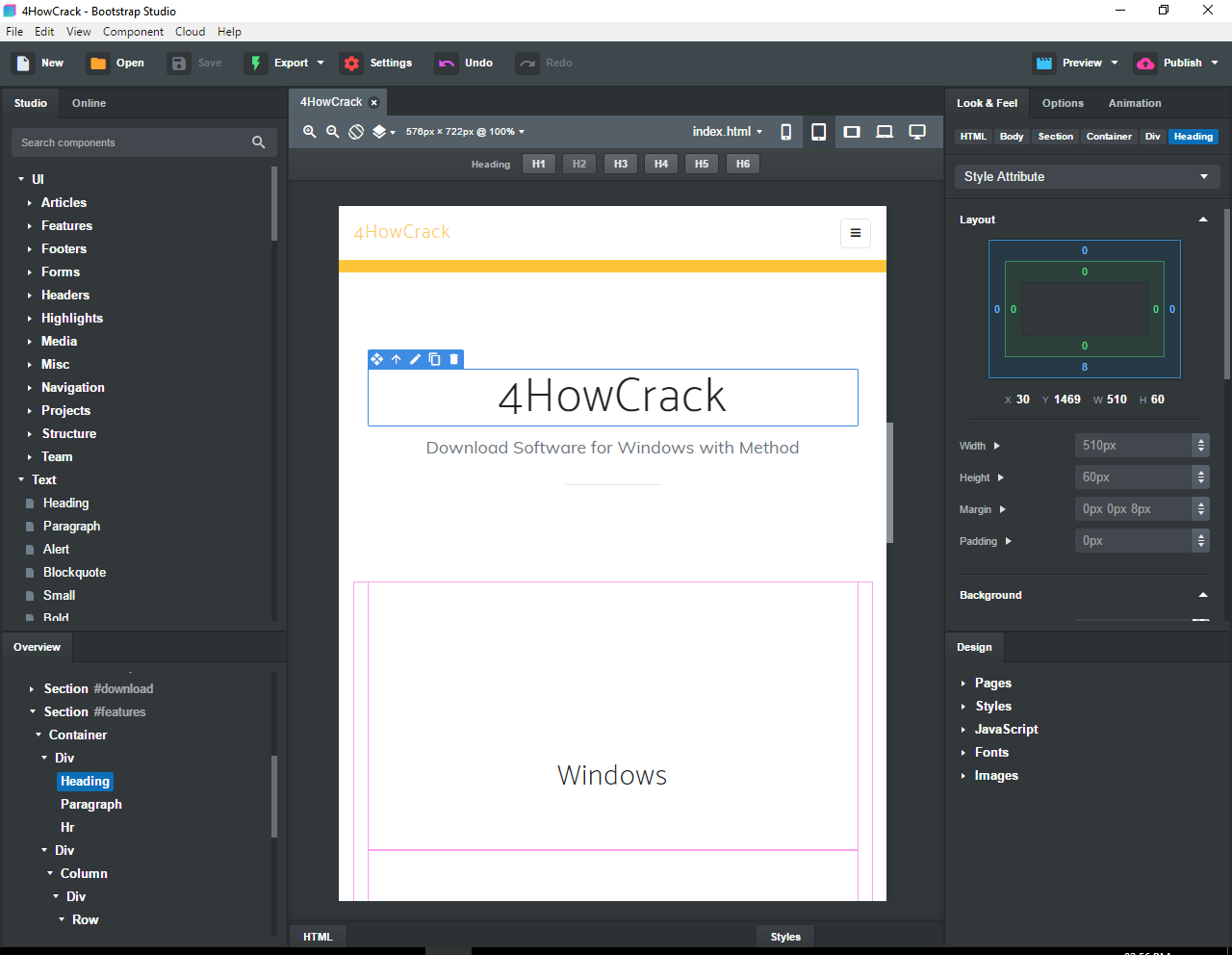
The essential parts in the webpack configuration are the ‘entry’ and the ‘output’ fields. Public Startup(IConfiguration configuration) The file Startup.cs is the place where everything is wired together: public class Startup See for an overview of ASP.NET Core configuration and for ASP.NET Core logging. These files contain our logging configuration, together with other configuration options. We’ll add the files appsettings.json and to the root of the project. Step 1: Add configuration files and configure ASP.NET The goal of this exercise is to start with the empty ASP.NET Core template and add just enough to have a basic ASP.NET Core MVC app with a home page that is styled with Bootstrap and can be deployed to production environments. If you already know how to create an ASP.NET Core MVC app from scratch or if you’re mainly interested in the NPM/webpack thing you might skip the first paragraphs and jump right to step 3.

Quite a few settings that had to be added manually before are now the default.

Compared with ASP.NET Core 1.x, things have become easier, especially configuration. Since then, ASP.NET Core 2.0 was released. I’ve written a new post, Lean ASP.NET Core 2.1 – manually setup a Razor Pages project with Bootstrap, NPM and webpack.Ī while ago I wrote about building an ASP.NET Core MVC app with NPM and webpack.

Update: ASP.NET Core 2.1 and webpack 4 are released.


 0 kommentar(er)
0 kommentar(er)
